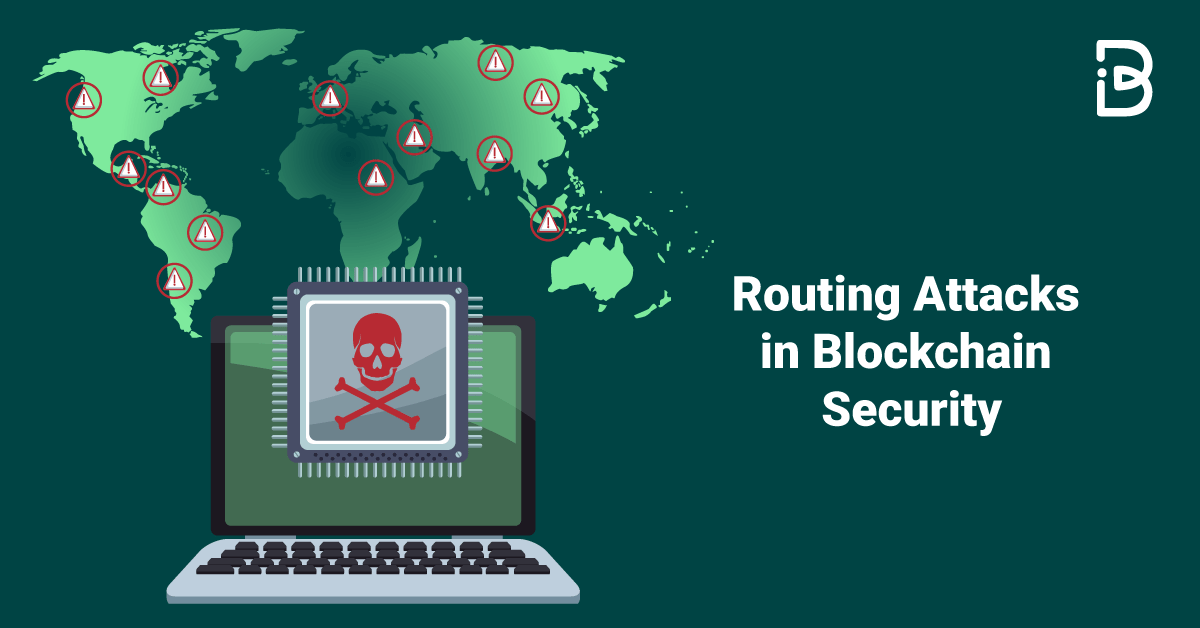Overview
Routing assaults are sometimes related to blockchain community safety and routing protocols utilized in conventional web infrastructure.
Routing assaults, within the context of community safety, consult with malicious actions aimed toward manipulating or disrupting the routing of information packets throughout the web.
These assaults can have oblique implications for blockchain networks as they rely on the web for communication, however they aren’t blockchain-specific threats.
Listed below are some widespread routing assaults in community safety:
- BGP Hijacking: Border Gateway Protocol (BGP) is used to route web visitors between networks. BGP hijacking happens when an attacker declares false BGP route data to redirect visitors by way of their community. This can be utilized to intercept, modify, or disrupt information passing by way of the community.
- Route Leaks: Route leaks occur when one community unintentionally or maliciously sends routing data to a different community, inflicting visitors to observe unintended paths.
- DDoS Assaults: Distributed Denial of Service (DDoS) assaults flood a community with visitors, overwhelming it and inflicting disruptions to the traditional routing of information.
- Site visitors Interception: Attackers could use varied strategies to intercept and examine information packets as they traverse the web, doubtlessly compromising the privateness and safety of the data being transmitted.
Whereas these routing assaults primarily have an effect on the underlying web infrastructure, they’ll not directly influence blockchain networks. Blockchain nodes depend on web connectivity to speak and synchronize information with the community.
A routing assault on the community infrastructure can doubtlessly disrupt or delay the transmission of blockchain information, which could influence the community’s efficiency and safety.
Remediation
To mitigate the dangers related to routing assaults within the context of blockchain networks, blockchain builders and operators ought to take into account the next:
- Use Safe Nodes: Make sure that blockchain nodes are deployed in a safe and trusted community surroundings.
- Use Encryption: Make use of encryption strategies to safe information transmission between blockchain nodes.
- DDoS Safety: Implement Distributed Denial of Service (DDoS) safety mechanisms to mitigate the influence of DDoS assaults.
- Monitoring and Alerts: Constantly monitor community exercise and arrange alerts for any uncommon or suspicious habits, which might point out a routing assault.
- Community Safety Greatest Practices: Observe greatest practices for community safety, together with firewall configurations, intrusion detection methods, and common safety audits.
It’s essential to notice that whereas routing assaults can have an oblique influence on blockchain networks, blockchain-specific threats and vulnerabilities additionally exist, and blockchain methods ought to be designed and maintained with their distinctive safety concerns in thoughts.
Author: ImmuneBytes
Date: 2023-12-01 05:07:00



